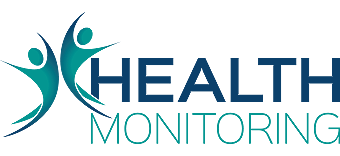Welcome to EpiCenter 3.1
EpiCenter 3.1 is now live. Along with several bug fixes, there’s some new functionality geared toward making medical and triage notes reports more easily navigable.
When a cell in the report contains lengthy triage or observation notes, it was previously difficult to expand the window enough to be able to read the full text. Now, double clicking on a row will bring up a detailed report window where the full text can be browsed and even copied to be pasted outside the application.
Read more

